02 Dec 2024 The gift of healing
By KD Reep
Erica Kennemer has never let much stop her. Growing up in Searcy, she tagged along with her older sister to a camp, where they would volunteer at the stables. As a 10-year-old, she began to move up from cleaning those stables to helping with trail rides, dressing and saddling horses for more than 10 campers.
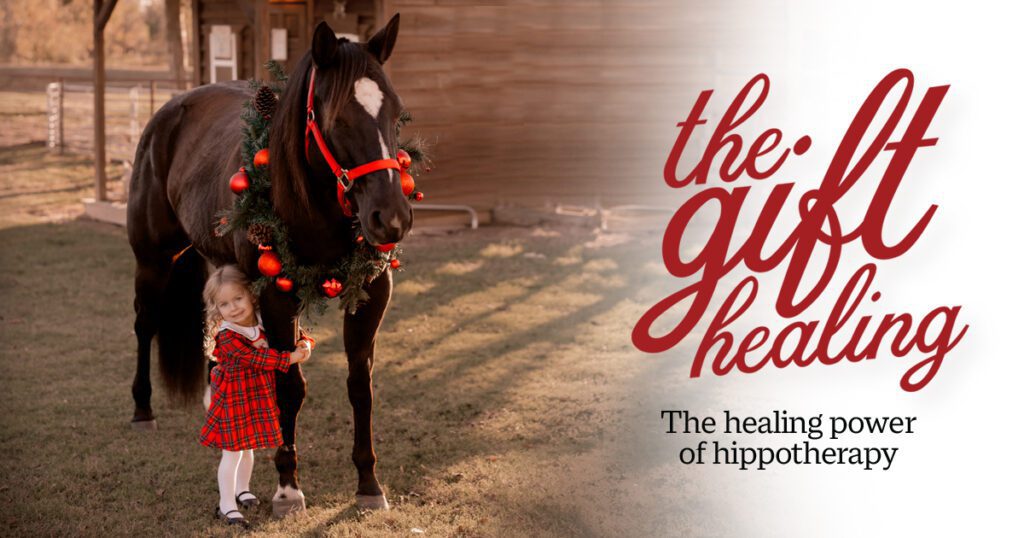
“You can say my love for horses goes way back,” Kennemer said. After volunteering during the summers, she attended Harding University and earned her bachelor’s degree in speech therapy. In three consecutive days, she graduated college, married and moved to Texas.
“I was accepted into graduate school for speech in Beaumont, Texas, and I kid you not, I went for two days and came home to my new husband, Justin, crying,” she said. “I told him, ‘I just know I don’t want to be a speech therapist anymore, but I love therapy!’ I didn’t feel challenged in the right ways, and I was pulled to do something else.”
Kennemer took a year off, working part-time and earning prerequisites for an occupational therapy degree while her husband studied in Galveston, Texas. They both graduated and worked in occupational therapy before getting another pull to do something different. “I was driving home, and the radio guy said more than 300 people were moving into Houston every day, and they’ve lost land space so they’re going to start building these high-rise apartments that just follow the highway. I called Justin and said, OK, I’m done. We need to go back home to Arkansas.’ We packed up and headed to Greenbrier, and we’ve been here ever since.”
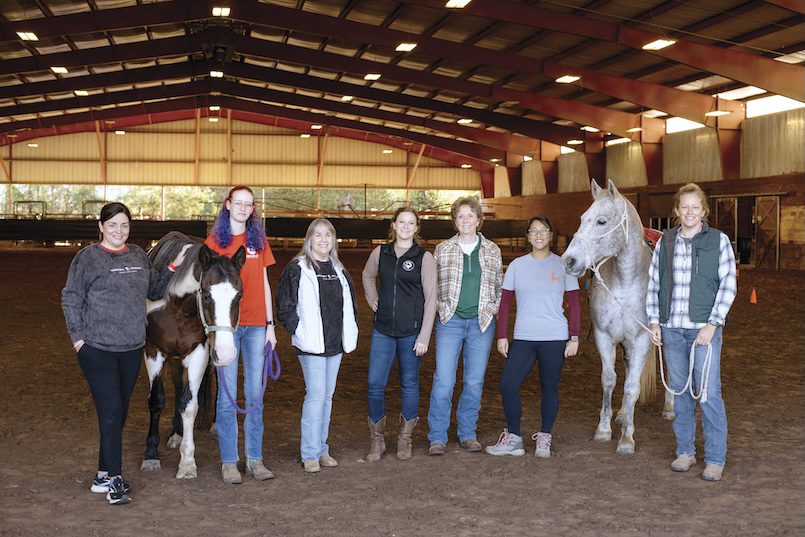
Her experience working in different sectors–acute care, ICU, and the burn, transplant and cardiac units, as well as working in teaching and prison hospitals–gave her an idea of where she wanted to go next. “I had both experience and a good base of knowledge,” Kennemer explained. “I found some pediatric work in 2017, which was, I think, one of the best things I’ve ever done. There was a continuing education opportunity that came across for hippotherapy, and I needed the hours. That first day, I was just enamored. I was like a kid in a candy shop with all the information, the research base and both the simplicity and complexity of hippotherapy. It’s unbelievable to see how effective a child or adult’s movements are more fluid after having ridden a horse, how some don’t have to have a walking aid afterward, or you can see how much their balance has improved. It inspired me, and after talking with Justin, we decided to open HorsePlay, which is now in Conway, Greenbrier and Morrilton,” she said.
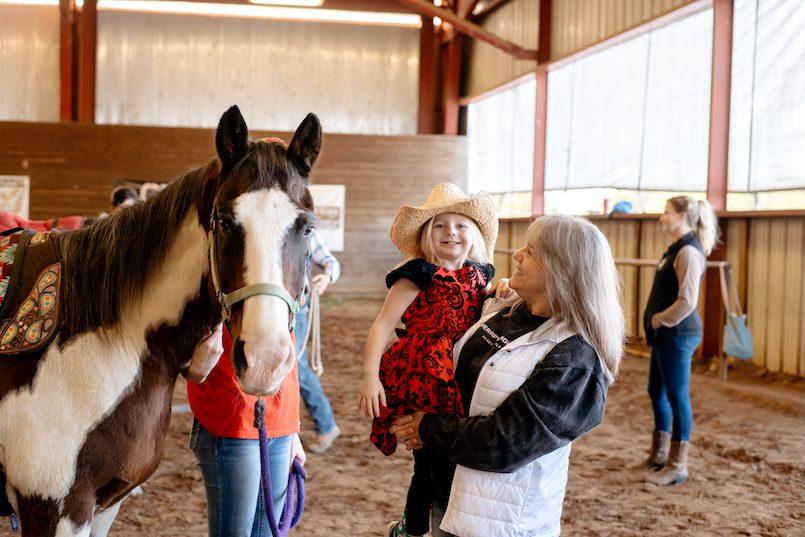
Hippotherapy is a unique form of physical, occupational and speech therapy using the natural movement of horses to help individuals with a wide range of physical and neurological challenges. At its core is the horse’s movement, which provides a rhythmic, multi-dimensional motion similar to the human gait, which gently encourages the rider’s body to respond, promoting core strength, balance and coordination. Unlike traditional physical therapies, which may use machines to simulate gait patterns, hippotherapy offers a natural and adaptable platform where the movement changes subtly with each step, turn or stop.
“Hippotherapy is how a physical, occupational or speech therapist uses equine movement as an integrated part of the care plan, so we’re working on the same things we would be working on in a normal clinic, but we’re using the horse’s movement and how that stimulates the brain as a tool, just like you would a therapy ball or a balance beam,” Kennemer said.
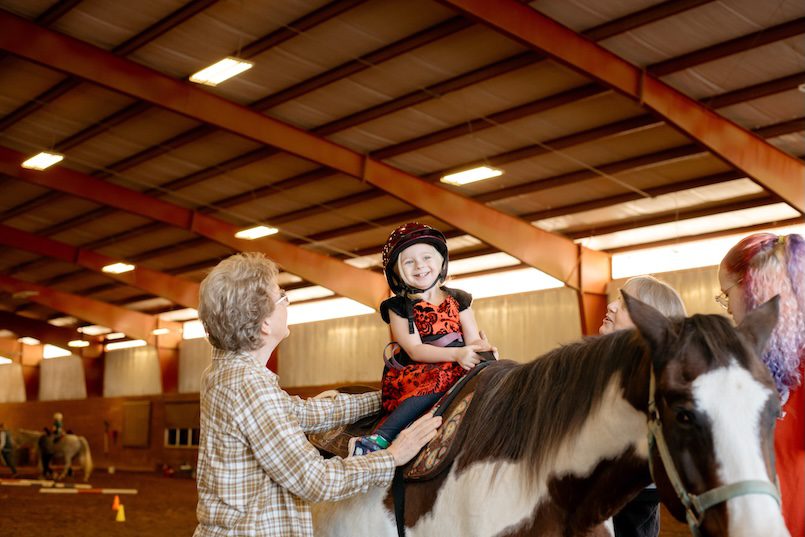
Trinity Brown, whose son, Rowan, has been in the HorsePlay program for several years, can attest to hippotherapy’s effectiveness. “He loves horses, so Tuesday mornings are his favorite day of the week,” she said. “We have seen drastic improvements in his core strength, balance and ability to follow complex directions. His language skills have improved, too. Before we started the lessons about four years ago, he rarely responded to things we said to him. Then one night, my husband put him to bed, and Rowan said, out of nowhere, ‘I love you!’ We cried.”
A horse’s gait helps stimulate muscles in the trunk and pelvis, improving sitting and standing posture, walking ability and even basic motor skills like reaching and grasping. It’s also a low-impact therapy, which reduces strain on joints and is ideal for patients who cannot participate in weight-bearing exercises.
For individuals with sensory processing disorders, autism spectrum disorder or traumatic brain injury, the sensory feedback received during a hippotherapy session can significantly aid in sensory integration. Hippotherapy provides balance-related and awareness of body position inputs, helping patients better interpret and respond to their environment. Many therapists find children with autism, for example, show improvement in attention span, communication and sensory processing through hippotherapy.
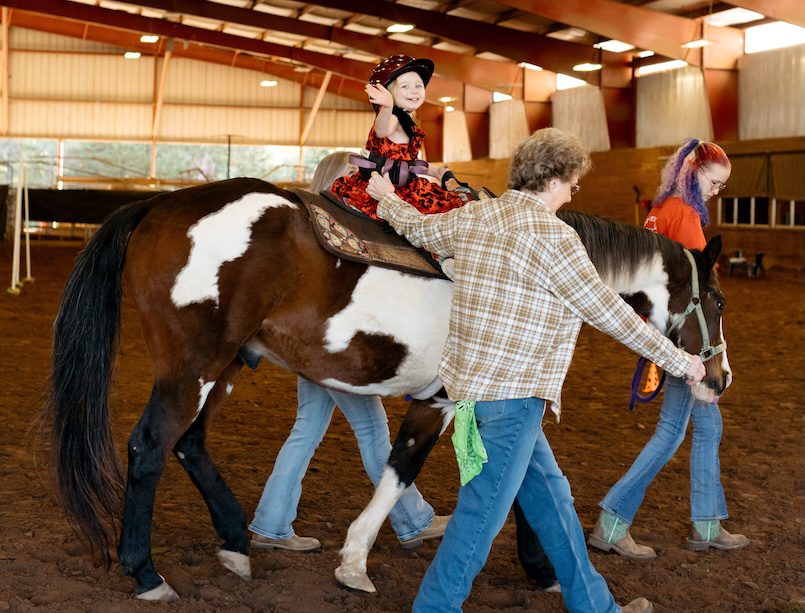
Riding a horse also can be emotionally empowering, fostering a sense of independence and confidence. The bond between rider and horse often becomes an essential part of the therapy itself. This emotional component can be especially beneficial for individuals struggling with anxiety, depression or PTSD. Additionally, hippotherapy often happens outdoors, further promoting a sense of relaxation and connection to nature.
Kendra James, whose daughter benefits from hippotherapy at HorsePlay, was so impressed by the gains she saw in her child that she authored a book, “Charlie Horse,” to educate young children and their parents about hippotherapy. “I just felt so inspired by everything I was seeing, just the atmosphere of the program, the kids thriving and feeling on top of the world, and the families, the therapists and the staff. It was just truly inspiring,” James said. “I wasn’t sure what that inspiration would turn to, but I got home after one of the sessions, and this little children’s book story just poured out of me out of nowhere. Basically, the theme of the story is, while you might not be able to gallop like Charlie the horse, you do have so many beautiful things to offer the world, and you just have to find those things within yourself.”
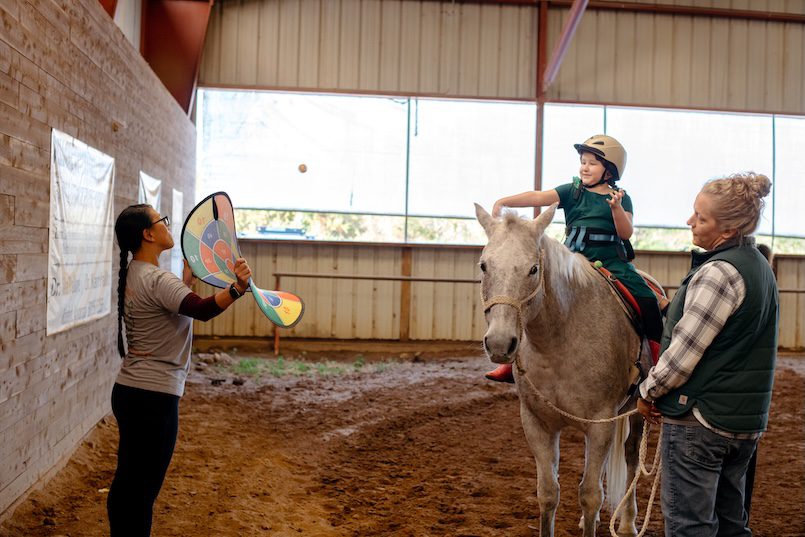
Kennemer said she wants HorsePlay and a new venture, Therapy Monkey, to be the hub for information and resources for special-needs children who need help navigating therapy. “We’re always looking for ways to improve what we can offer kids in our area. We are child-based, play-based, and we’re constantly looking internally to see what else we can do to offer valuable services to kids in Arkansas.”








